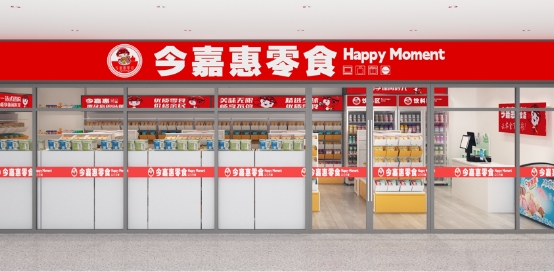
The old proverb states“You get what you pay for.” This is often true, but when it come to paying more for higher quality employees, there are two criteria to follow.
Offering above-average pay and benefits to attract workers who are more productive than you could otherwise hire can be a viable strategy. Companies that employ this approach justify the generous compensation packages by believing that it allows the organization to hire better people. They believe that the incremental value delivered by higher-quality workers greatly exceeds the additional cost. However, there are two caveats.
First, make sure that the people you hire truly represent top-tier talent. To do that you must have clearly defined what top-tier talent looks like and have a recruiting process that allows you to identify the people who will become the best performers. Obviously, paying above-average compensation and benefits, and getting average or below average talent is a bad idea. It’s leaving money on the table. No company can afford to do that for long.
Second, ensure that the jobs you are paying a premium for are highly leveraged jobs. That is, be sure that the premium you pay to get better employees is much less than the additional value they deliver. 58003
We once worked with a company that operated call centers. Through a combination of higher pay, superior benefits and more time off, this company compensated its call-center employees well above industry standards. The company was able to hire and keep good people -- arguably people who were much better than average for the industry. Unfortunately, the job of these call-center operators wasn’t highly leveraged.
It just wasn’t possible to cover the cost of a 40 percent premium by doing a better-than-average job on the phone. Over time, this company had to mostly exit the call-center business. It outsourced the operations, for the most part, to companies that paid market rates.
Conversely, we spoke with the owner of a technology company. He has found success by paying above-market rates to get unusually talented people who he puts into highly leveraged jobs. He explained that he can (and has) replaced a team of 11 people with five highly skilled people. He pays those five people an amount equal to what eight of the previous employees earned. The customer was thrilled because they saw more than a 25 percent reduction in cost.
At the same time, the company was able to charge a 60 percent premium per worker and thus could easily afford to pay 20 percent above-market rates for its people. When you have a highly leveraged job, paying above-market rates and getting above-average performers can be a win for the customer, a win for the company and a win for the employee.
Offering above-average compensation and benefits can only be a successful strategy if you can hire workers who are truly above averageand if you put them in highly leveraged jobs. If you fail to meet either of these two criteria, the strategy cannot succeed.




















